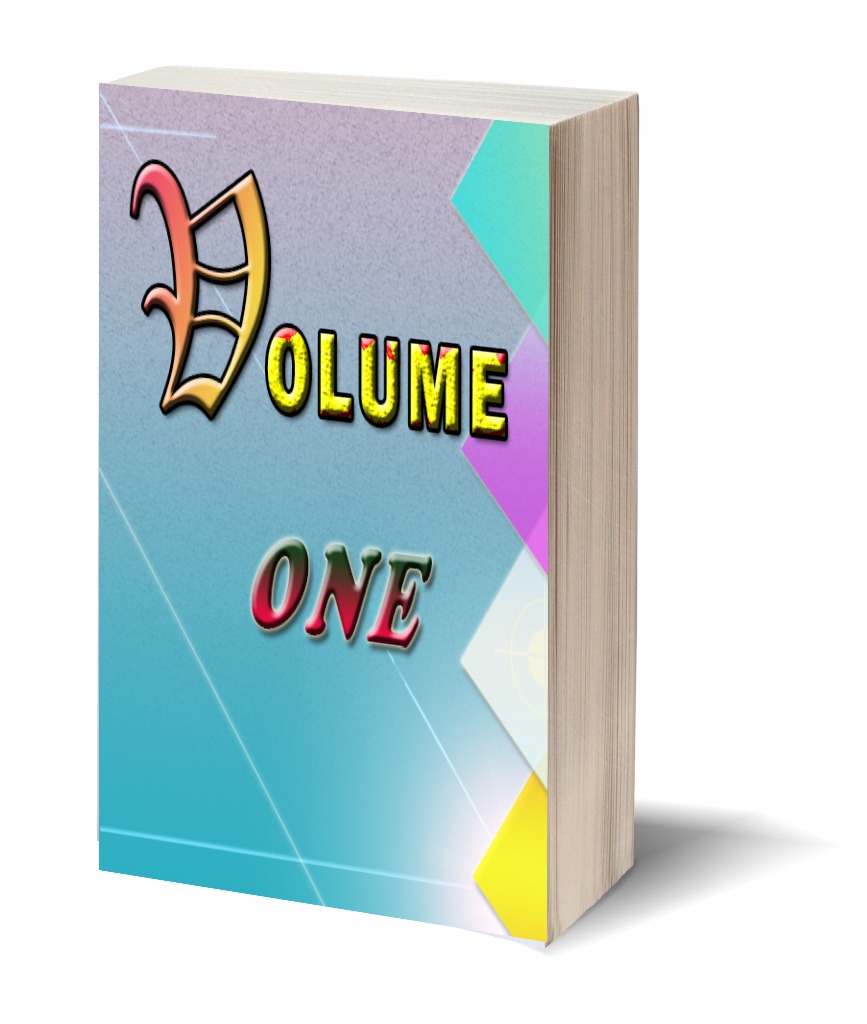A Petri Net Computational Model for Web-based Students Attendance Monitoring
Keywords:
Web based student attendance, Petri nets, computational model, monitoringAbstract
Monitoring student's attendance in classes is necessaryfor proper assessment of their understanding and performance in a course module. Attendance nzonitoring in a manual teaching ånd leanüng setting is easier than in web-based. The major reason for the inherent difficulty is that the latter provides virtual teaching and learning relationship in which students are not seen, whereas thefonner involves physical orface-to-face teaching and learning. Research and evidence showed that good attendance has a direct impact on student's success in a course module. The paper presents an overview of studentteacher relationship in an educational environment. Subsequently, a Inathematical model description using Petri nets is provided to capture web- based student attendance. The entpirical exanzple and corresponding output using Microsoft Excel justified the modeling power of Petri nets. The framework presented can be embedded into custom online academic programnte to track student attendance in course modules.
Similar Articles
- Kudamnya, Ebenezer Agayina, Godwin Inieke Joshua, Ochelebe, Ibu, Okon, Emmanuel Etim , Evaluation of the Hydrochemistry and Pollution Levels in Groundwater of Njahasang, Southeast Nigeria , Communication In Physical Sciences: Vol. 12 No. 3 (2025): VOLUME 12 ISSUE 3
- Mba Ebenezer Chidiebere, Ilo Somtochukwu Francis, Nwokoro Ikechukwu, Design and Implementation of an Enhanced Neuro-Fuzzy-Based Smart System for Poultry Incubators , Communication In Physical Sciences: Vol. 12 No. 5 (2025): Vol 12 ISSUE 5
- Abubakar Tahiru, Oluwasanmi M. Odeniran, Shardrack Amoako, Developing Artificial Intelligence-Powered Circular Bioeconomy Models That Transform Forestry Residues into High-Value Materials and Renewable Energy Solutions , Communication In Physical Sciences: Vol. 8 No. 4 (2022): VOLUME 8 ISSUE 4
- Promise. A. Azor, Amadi Ugwulo Chinyere, Mathematical Modelling of an Investor’s Wealth with Different Stochastic Volatility Models , Communication In Physical Sciences: Vol. 11 No. 2 (2024): VOLUME 11 ISSUE 2
- Olatunde Ayeomoni, Enhancing Data Provenance, Integrity, Security, and Trustworthiness in Distributed and Federated Multi-Cloud Computing Environments , Communication In Physical Sciences: Vol. 11 No. 4 (2024): VOLUME 11 ISSUE 4
- Kingsley Uchendu, Emmanuel Wilfred Okereke, Exponentiated Power Ailamujia Distribution: Properties and Applications to Time Series , Communication In Physical Sciences: Vol. 12 No. 5 (2025): Vol 12 ISSUE 5
- Isah Haruna, Yahaya Zakari, Umar Kabir Abdullahi, Reuben Oluwabukunmi David, Jamilu Yunusa Falgore, On the Study of Kumaraswamy Reduced Kies Distribution: Properties and Applications , Communication In Physical Sciences: Vol. 12 No. 3 (2025): VOLUME 12 ISSUE 3
- Chukwuemeka. K. Onwuamaeze, Christopher. I. Ejiofor, An Improved Defragmentation Model for Distributed Customer’s Bank Transactions , Communication In Physical Sciences: Vol. 5 No. 3 (2020): VOLUME 5 ISSUE 3
- Henry Ekene Ohaegbuchu , Boniface Ikechukwu Ijeh, Marry Ihechiluru. Ojiaku, Joint Inversion of Direct Current and Electromagnetic Soundings , Communication In Physical Sciences: Vol. 9 No. 1 (2023): VOLUME 9 ISSUE 1
- Temitope Sunday Adeusi, Ayodeji Aregbesola, Impact of Climatic Condition on the Life Cycle of Water Contaminants , Communication In Physical Sciences: Vol. 9 No. 4 (2023): VOLUME 9 ISSUE 4
You may also start an advanced similarity search for this article.




